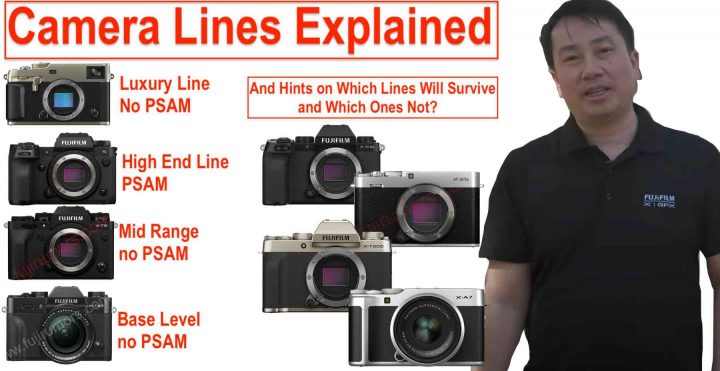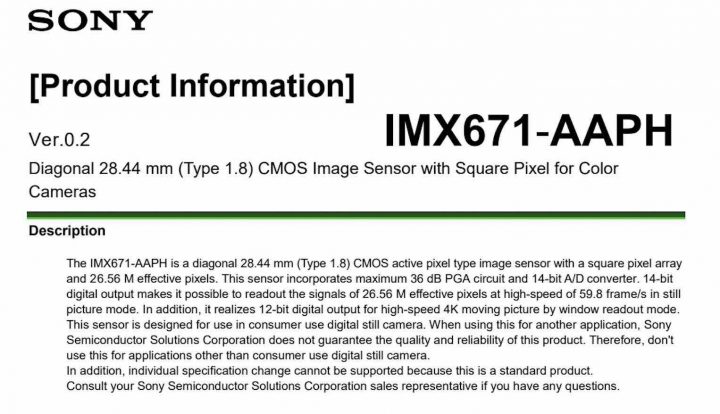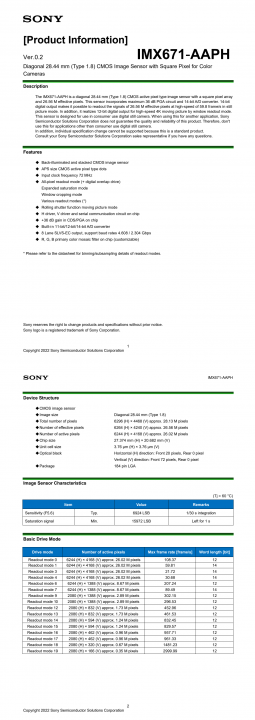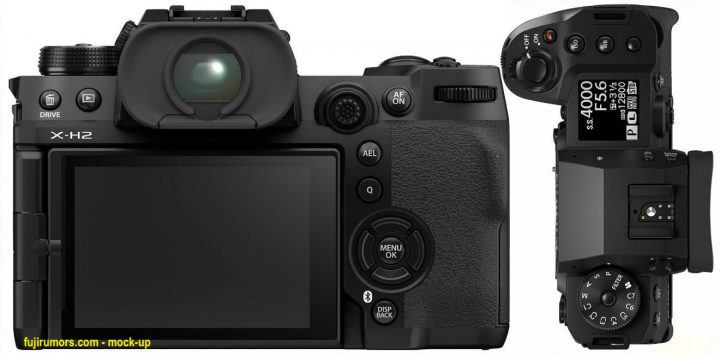Fujifilm Explains Camera Line Distinction (CLASSIC Beats PSAM) and Likely Told us Which Lines Will Survive (and Which Ones Not)

Fujifilm Camera Lines Explained
The Fujifilm X-T line was never supposed to be a flagship camera.
Let me explain why.
When Fujifilm launched the Fujifilm X-H1, they called it their flagship camera, giving it top of the line features that no other camera had at that time (like IBIS) and in part still no other camera, except for X-Pro3, has (like the ultra-tough body). The Fujifilm X-T2 was positioned under the X-H1.
However, since it took Fujifilm so long to release the Fujifilm X-H1 successor, the Fujifilm X-T line had to take over the “flagship-role” for a couple of years.
But now, with the the release of the Fujifilm X-H2S and the pre-announced Fujifilm X-H2, everything is going back to normal so to say.
X-H is the flagship, and X-T is the mid-range.
And that’s not me saying it, but Fuji Guy Billy, who went through the “what is what” in the Fujifilm camera lineup with Bigheaedtaco, who then shared Billy’s list with us in the video below (starts 9:59).
For your convenience, here is the list.
- X-H series:
Refinement: Flagship Utility
Interface: Hybrid - X-Pro series:
Refinement: Luxury
Interface: classic rangefinder - X-T* series:
Refinement: mid-level
Interface: classic SLR - X-S series:
Refinement: Base Level
Interface: DSLR design with PSAM interface - X-T** series:
Refinement: Base Level
Interface: classic SLR design with classic interface - X-E series
Refinement: Base Level
Interface: Rangefinder design with classic interface
Who REMAINS and who is OUT
- I agree with Bigheadtaco when he speculates that all those camera lines mentioned in the list will see a successor at some point. Otherwise I believe Fuji Guy Billy would not have mentioned them
- if correct, this means that also the X-E line will continue, hence there is hope for a Fujifilm X-E5
- the true entry level line seems to be dead as it is not mentioned on the list. We already speculated about this back in 2020 when the X-T*** had been discontinued after only 9 months
- this means little hope for Fujifilm X-A8, Fujifilm X-T300, X-A30
- the “new” entry level (or base line) is considered the X-T** and X-S line
PSAM PANIC
- there will be 3 lines with a more classic interface, and 2 lines with PSAM dials
- Non-PSAM dial camera lines will remain the majority in the Fuji lineup (4 non PSAM lines vs 2 PSAM lines)
- Fujifilm has not lost its soul! Classic control lovers like me will have plenty of cameras to pick from also in the future
By getting rid of a few lines and separating more clearly the remaining ones, Fujifilm has addressed one of the major concerns that was confusing Fujifilm X shooters: too many camera lines positioned too close to each other without sufficient differentiation.
In short we could say that every line will have a higher end and a lower end version
- HIGH: X-H line – LOW: X-S line
- HIGH: X-T* line – LOW: X-T** line
- HIGH: X-Pro line – LOW: X-E* line
P.S.: It was just so much more fun when Fujifilm used other terms to identify their camera lines, like when they said the X-T** line for hipsters :).



